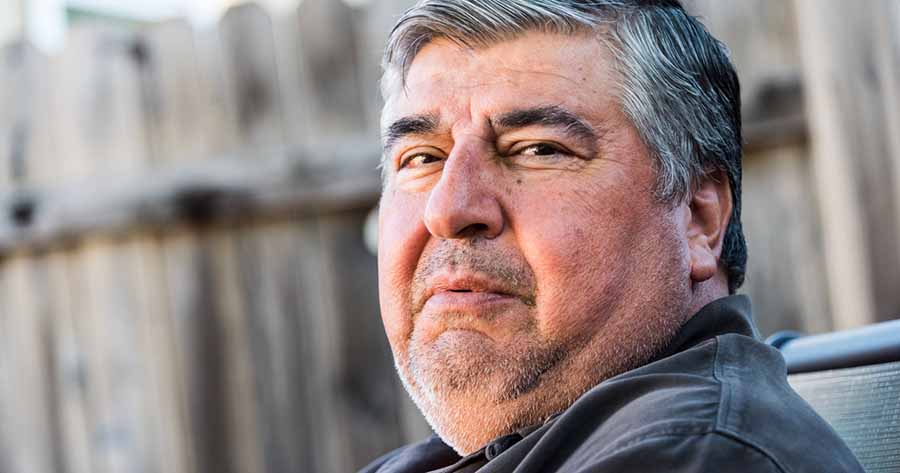By Pam Brown, GP and Editor-in-Chief of Diabetes & Primary Care
The updated SIGN guideline 154 recommends that, in those with established cardiovascular disease, SGLT2 inhibitors (currently empagliflozin and canagliflozin) and GLP-1 receptor agonists (currently liraglutide) with proven cardiovascular benefits should be considered.
The guideline provides a new treatment algorithm summarising the benefits and risk of each drug class and recommends that medications are continued at each stage if either the individualised target is achieved or HbA1c falls more than 5.5 mmol/mol (0.5%). Treatments should be discontinued if there is evidence that they are ineffective. This guidance differs from NICE which recommends that treatment with GLP-1 receptor agonists should only be continued if there is a reduction in HbA1c of 11 mmol/mol (1%) and a 3% weight reduction over 6 months. NICE does not make any specific recommendations for stopping or continuing other drug therapies. The quick reference guide also summarises SIGN guideline 116, Management of Diabetes, covering lifestyle, diabetes in pregnancy and management of complications, such as cardiovascular disease, kidney disease, visual impairment and diabetic foot disease, in both type 1 and type 2 diabetes.
A more detailed review of the SIGN guidelines will be published in the Diabetes & Primary Care in early 2018.
The full guideline can be accessed here (external content).






